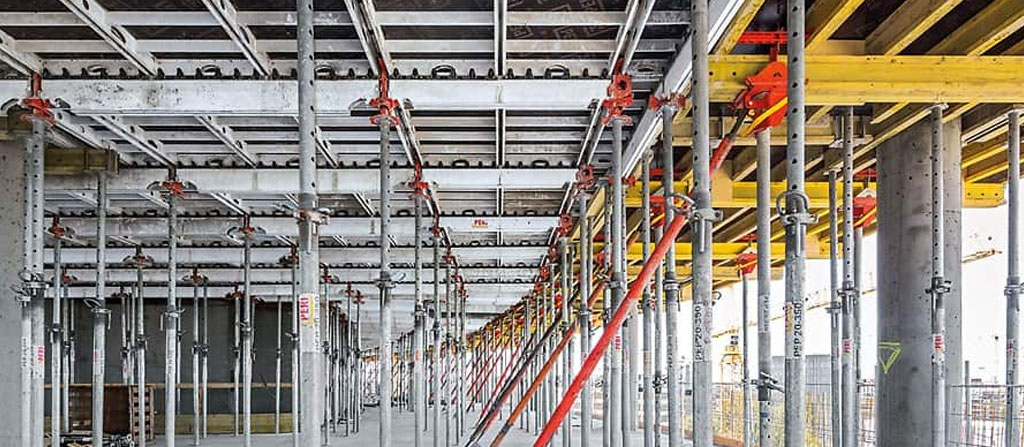How do regulations and standards influence formwork design and use?
In the construction industry, formwork is a critical component that shapes the concrete structures we rely on every day. The design and use of formwork are not just about practicality and efficiency; they are also governed by a complex framework of regulations and standards. These guidelines ensure that formwork systems are safe, reliable, and effective. Understanding the influence of these regulations and standards is essential for construction professionals to ensure compliance and uphold the highest quality in their projects.

1. Safety Standards
Safety is paramount in construction, and formwork systems are no exception. Regulations and standards related to formwork safety aim to protect workers from accidents and injuries associated with formwork operations. These guidelines cover aspects such as:
2. Quality Assurance
Regulations and standards also play a crucial role in assuring the quality of constructed concrete structures. They specify:
3. Environmental Compliance
With growing awareness of construction's environmental impact, regulations increasingly address sustainability in formwork design and use. This includes:
4. Innovation and Adaptation
Regulations and standards are not static; they evolve in response to technological advancements, changes in construction practices, and emerging safety and environmental concerns. This dynamic nature encourages innovation in formwork design, pushing manufacturers and construction teams to develop new solutions that are safer, more efficient, and environmentally friendly.
Safety is paramount in construction, and formwork systems are no exception. Regulations and standards related to formwork safety aim to protect workers from accidents and injuries associated with formwork operations. These guidelines cover aspects such as:
- Load Capacities: Ensuring formwork can safely support the weight of wet concrete and additional loads without risk of collapse.
- Structural Integrity: Requirements for the design and materials of formwork systems to ensure they maintain structural integrity under various conditions.
- Access and Egress: Standards for safe access to and from formwork, including ladders, walkways, and guardrails.
2. Quality Assurance
Regulations and standards also play a crucial role in assuring the quality of constructed concrete structures. They specify:
- Tolerances: Acceptable deviations from the specified dimensions or positions of the formwork and the resulting concrete structure.
- Surface Finish: Criteria for the concrete surface finish, influenced by the formwork material and design.
- Durability: Requirements for formwork materials and construction methods to ensure the longevity and durability of the concrete structure.
3. Environmental Compliance
With growing awareness of construction's environmental impact, regulations increasingly address sustainability in formwork design and use. This includes:
- Material Sourcing: Encouraging the use of sustainably sourced or recycled materials for formwork.
- Waste Reduction: Guidelines for minimizing waste generated from formwork operations, including the reuse and recycling of formwork materials.
- Energy Efficiency: Standards for reducing the energy consumption associated with manufacturing, transporting, and assembling formwork systems.
4. Innovation and Adaptation
Regulations and standards are not static; they evolve in response to technological advancements, changes in construction practices, and emerging safety and environmental concerns. This dynamic nature encourages innovation in formwork design, pushing manufacturers and construction teams to develop new solutions that are safer, more efficient, and environmentally friendly.
Conclusion: The Foundation of Formwork Excellence
Regulations and standards significantly influence the design and use of formwork in construction projects. By setting benchmarks for safety, quality, and sustainability, they ensure that formwork systems contribute positively to the construction process. For construction professionals, staying informed about and compliant with these regulations and standards is not just a legal obligation; it's a commitment to excellence and safety in the built environment.
